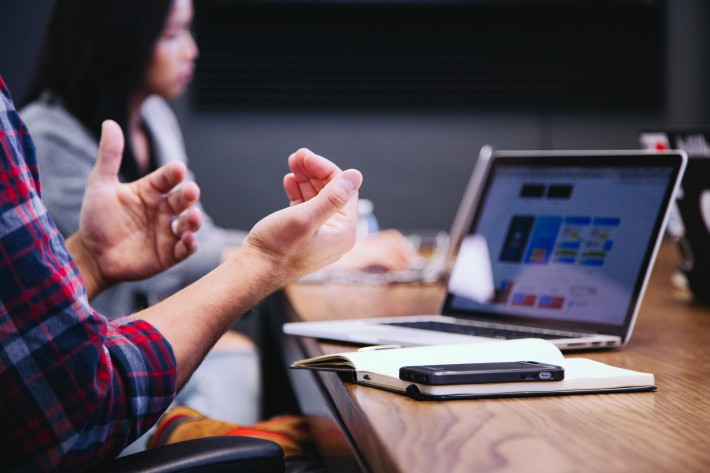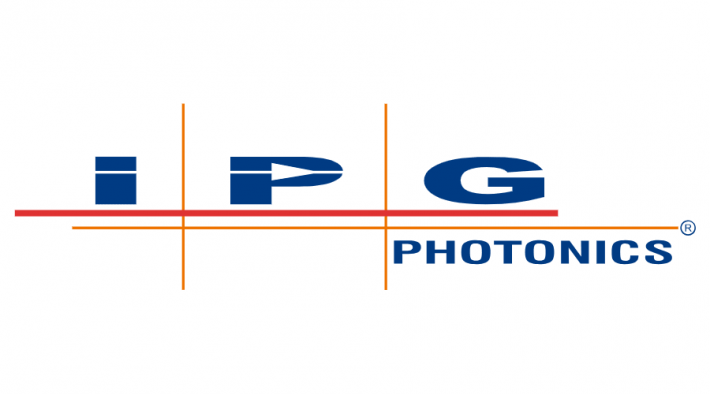At this time, we have decided to terminate coverage of Restaurant Brands (NYSE:QSR) and Public Storage (NYSE:PSA) in order to focus our effort on new short idea generation and coverage of higher conviction ideas on our coverage list. Please find our final note related to QSR and PSA at the following link:
Because our Flowserve initiation was shorter than our normal full-length initiation reports, we have chosen to follow that up with a brief exposition of some of our additional thoughts on the name, and some additional detail that was absent from our write up dated September 27, 2021.
We are initiating coverage of Dycom Industries (NYSE:DY - $71.02) with a critical view of the industry's growth trajectory, the company's pricing power, margins, and cash flow metrics. Please use the following link to download our initiation report.
In this issue of Short Shrift, our thoughts and the results of our diligence on a name we decided to pass on: Berry Plastics (NYSE:BERY), an update on recent macro-economic data points pertaining to Snap-On, Inc. (NYSE:SNA), and a brief clarification on our Lincoln Electric (Nasdaq:LECO) thesis we gleaned from a conversation with Investor Relations.
Antrim is initiating coverage of Ball Corp. (NYSE:BLL) with a critical view of the industry's demand growth trajectory, capacity addition plans, and forward-looking return profile. Subscribers can download our initiation report at the following link:
In this issue of Short Shrift, an update on Restaurant Brands (NYSE:QSR), which reported Q1 results at the end of April, and an update on our ongoing diligence efforts with regard to Trinity Industries (NYSE:TRN).
Please follow the link to download our thoughts in reaction to the company's Q2 report and management commentary.
Today we are initiating coverage on a new short idea, IPG Photonics (Nasdaq:IPGP). Subscribers can download our report using the link below:
Please follow the link to download our thoughts in reaction to the company's Q1 report, and management commentary.
Please follow the link to download our thoughts in reaction to the company's Q1 report, and management commentary.














